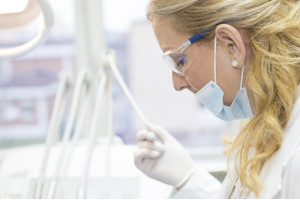Making the Licit Illicit: Transforming Legal Medicines into Illegal Drugs through Categorical Discourse
Introduction:
In 2007, a concerning revelation shook the nation when leading authorities in the federal government declared pharmaceuticals as the second "most abused illegal drug" among American youth, following closely behind cannabis. This revelation, provided by the Office of National Drug Control Policy (ONDCP), was a stark wake-up call for society. Moreover, the Chairman of the Partnership for a Drug-Free America, Roy Bostock, underscored these concerns when he revealed that American teenagers were more likely to have abused prescription painkillers to get high than experiment with various illegal drugs. This shift in substance abuse patterns marked the advent of what was coined as "Generation Rx."
This article delves into the transformation of legal medicines into illegal drugs through categorical discourse, examining the various ways in which this issue is framed. The process of recasting licit medicines as illicit substances is a complex interplay between multiple stakeholders, including public health authorities, government drug control agencies, and the media. This transformation is primarily achieved through three interconnected mechanisms: categorizing all forms of nonmedical pharmaceutical use as "abuse," equating such use with hard drug consumption, and focusing on a singular motivation for this behavior: getting high.
Constructing All Forms of Nonmedical Pharmaceutical Use as "Abuse":
Recreational and nonmedical use of pharmaceuticals, along with other forms of nonmedical use, are systematically labeled as "abuse" through a categorical drug control discourse. An illustrative definition provided by ONDCP encapsulates this conflation:
"Nonmedical use, misuse, and abuse of prescription drugs are... defined as the use of prescription medications without medical supervision for the intended purpose of getting high or for some reason other than what the medicine was intended."
This definition effectively collapses a spectrum of behaviors into two essential features: any use not explicitly sanctioned by a medical professional and any use consciously directed towards achieving pleasure. This conflation mirrors patterns found in critical analyses of drug representations in the media.
This categorization is also present in US survey research, where drug surveillance systems like Monitoring the Future (MTF) and the National Survey on Drug Use and Health (NSDUH) report behaviors as "use and misuse." These behaviors, in their raw form, may not be labeled as "abuse." However, when aggregated into various reports and media accounts, they are often transformed into episodes of "abuse." This transformation labels even those who might have experimented with a prescription medication once in their lifetime as drug "abusers."
Conclusion:
The transformation of legal medicines into illegal drugs through categorical discourse is a complex issue with profound implications for society. It shapes how we perceive and respond to the misuse of pharmaceuticals, often conflating nonmedical use with abuse, equating it with the use of hard drugs, and primarily focusing on the motivation of achieving a high. Understanding this transformation is essential in addressing the societal challenges posed by the evolving patterns of drug use, particularly among the younger generation.

